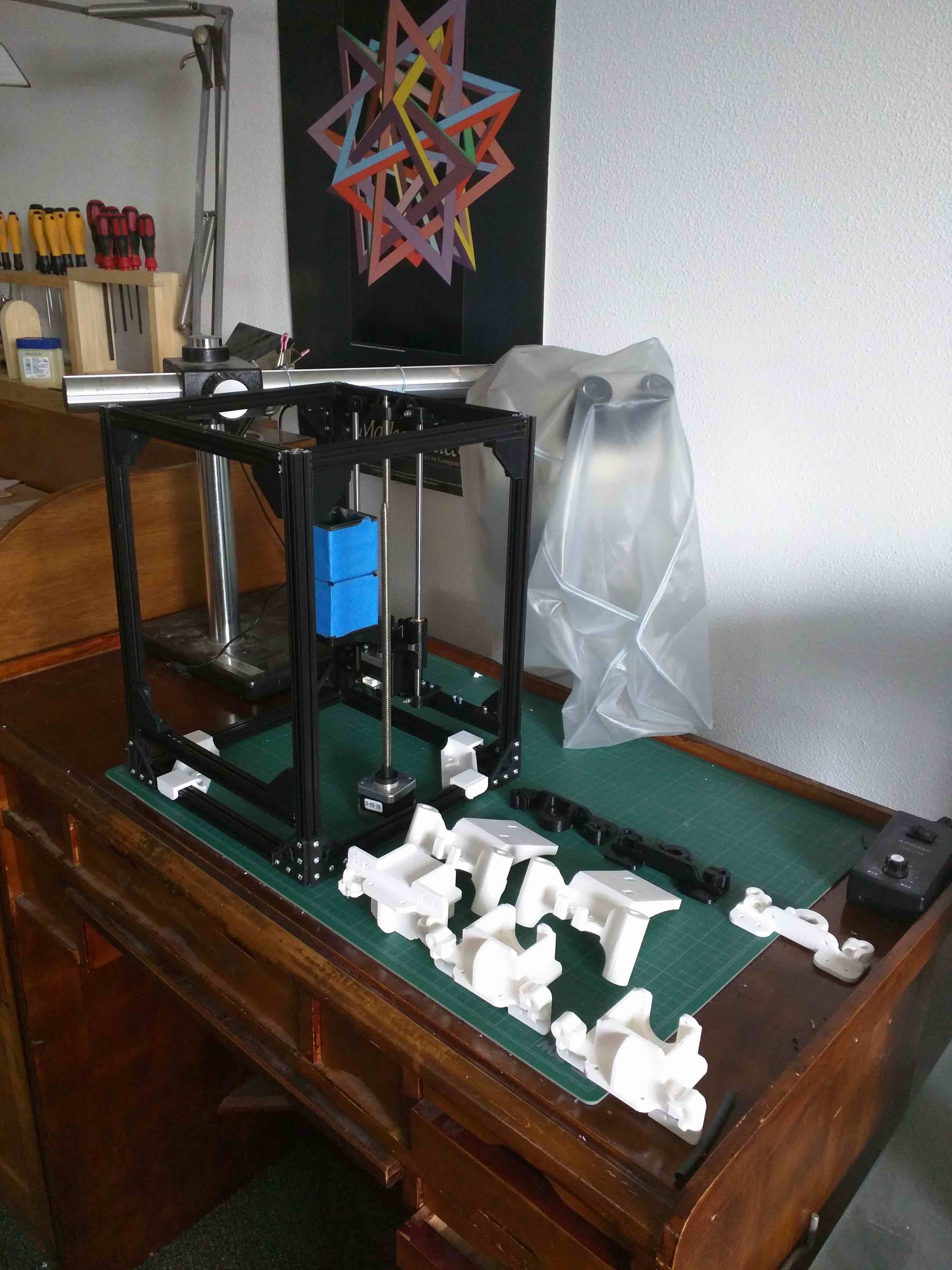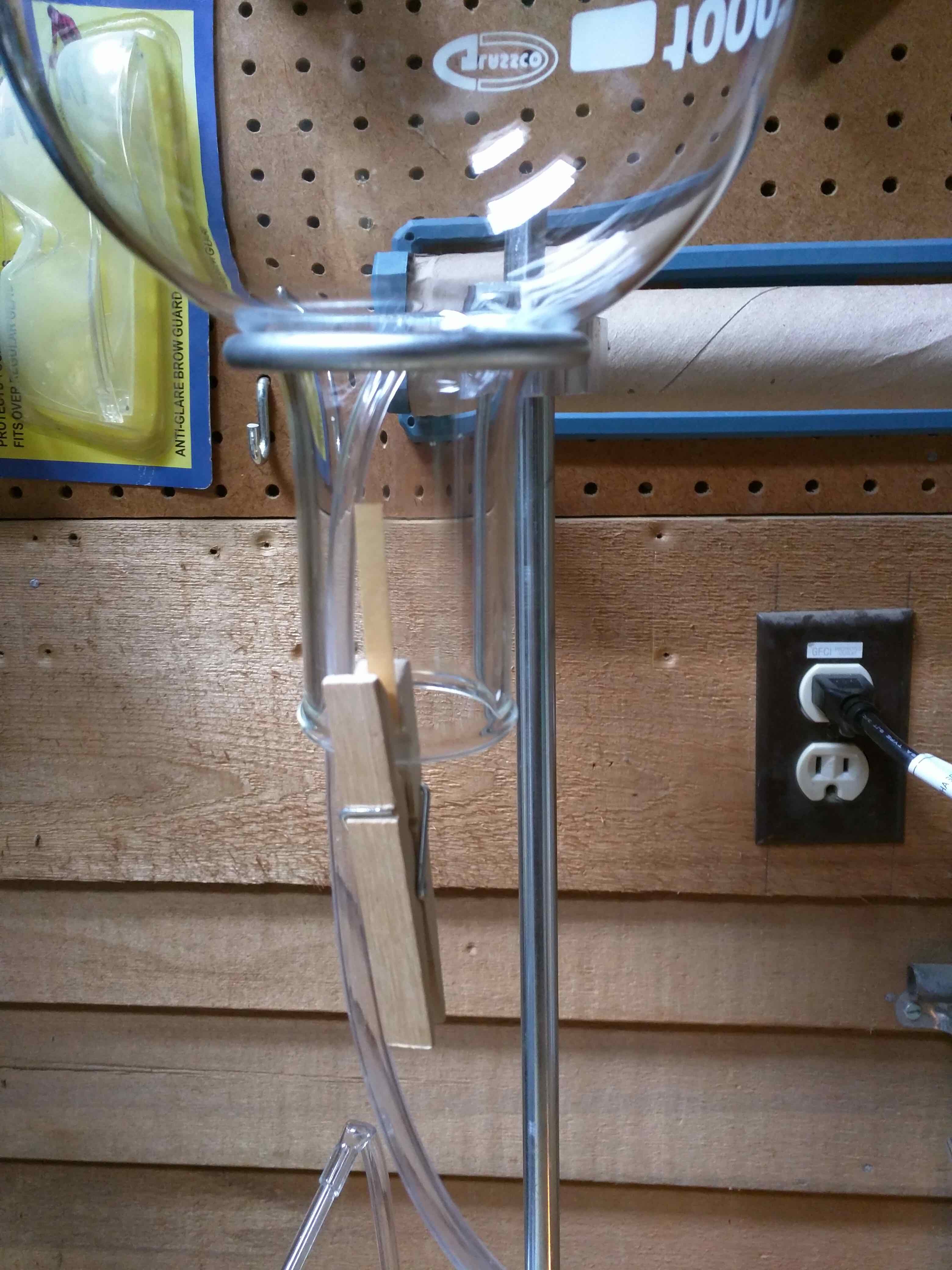One of my favorite moments in bringing an idea to life is when the assembly bench is loaded with parts, and you are about to start assembly of everything for the first time. I never thought of it in these terms before – but it is actually like “The Turn” in a magic trick. You are, as you assembly the various bits, taking a bunch of ordinary things and transforming them into something extraordinary.
Christopher Priest explains the parts of a magic trick in The Prestige:
“Every great magic trick consists of three parts or acts. The first part is called “The Pledge”. The magician shows you something ordinary: a deck of cards, a bird or a man. He shows you this object. Perhaps he asks you to inspect it to see if it is indeed real, unaltered, normal. But of course… it probably isn’t. The second act is called “The Turn”. The magician takes the ordinary something and makes it do something extraordinary. Now you’re looking for the secret… but you won’t find it, because of course you’re not really looking. You don’t really want to know. You want to be fooled. But you wouldn’t clap yet. Because making something disappear isn’t enough; you have to bring it back. That’s why every magic trick has a third act, the hardest part, the part we call “The Prestige”.”
Pictured here is the proof of concept I am currently working on for a smart matter extruder. So far it has been about 80 hours of non-stop printing, and I am waiting for the last mechanical part to finish printing so I can start assembly.

